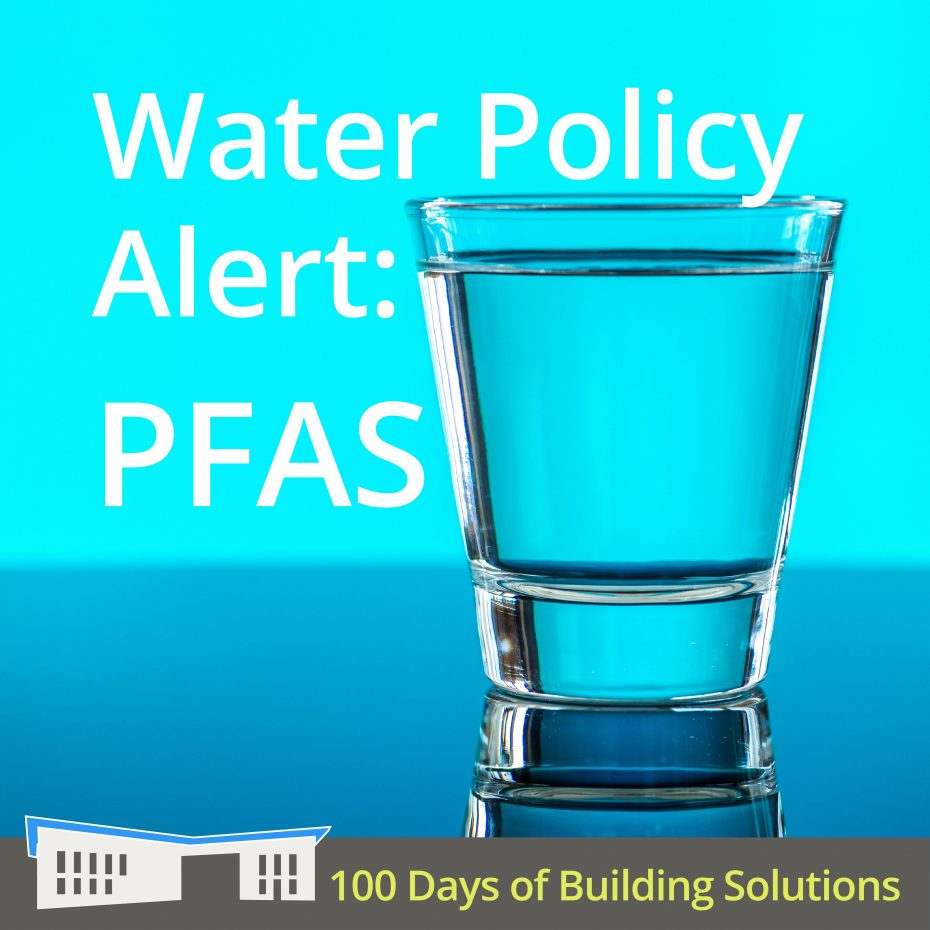The U.S. Environmental Protection Agency regulates drinking water to ensure Americans have access to safe, clean water. But not all dangerous contaminants are regulated… yet.
A new study from Environmental Working Group shows that many U.S. water supplies are contaminated with PFAS. These enduring chemicals are used in firefighting foam, non-stick pans, carpets, and more, and are associated with kidney and testicular cancers, thyroid disease, liver damage, and developmental issues. The study found that “more than 200 million people—the majority of Americans—have tap water contaminated with a mixture of PFOA and PFOS at concentrations of one part per trillion (ppt) or higher.” Researchers say below 70 ppt is the safe threshold.
As of February 2020, the EPA is slated to start collecting data on PFAS and issue a “regulatory determination,” which will pave the way for federal oversight of PFAS under the Safe Drinking Water Act. In the meantime, homeowners and building professionals should consider the potential risks of PFAS when designing new water systems. Rainwater harvesting systems may have a lower risk of PFAS contamination than well water, but thorough testing of any potential water source is needed to inform design.
Read more on PFAS in Forever Chemicals Are Widespread in U.S. Drinking Water, published by Scientific American.


